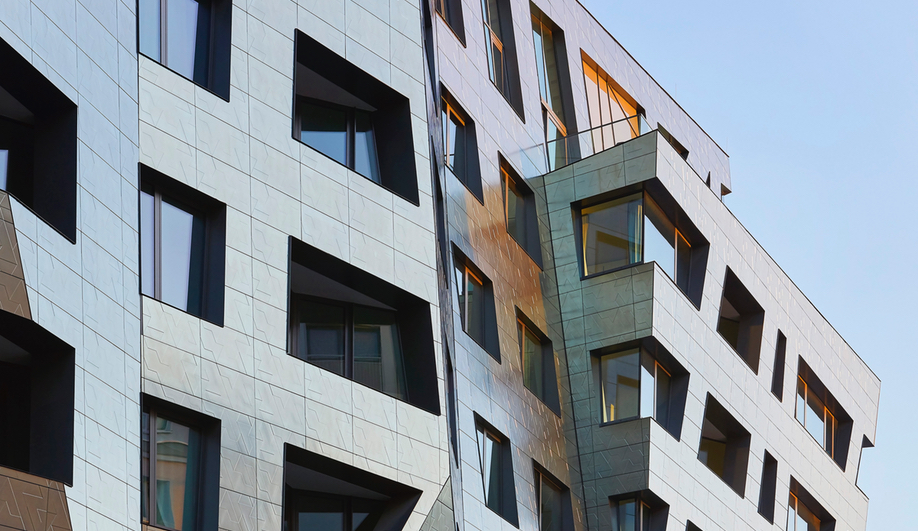The Vincent Scully prize-winning architecture critic was in Toronto recently as a jury member for Harmony Village Lake Simcoe, a development in Barrie, Ontario, that will occupy the city’s last parcel of land with lakeside frontage. We spoke with Goldberger to discuss the competition and the importance of good architect-client relations.
Azure: Relatively speaking, Harmony Village Lake Simcoe is not a massive project; it’s a mixed-use development for 2,000 occupants and situated on eight acres of land.
Paul Goldberger: It’s not a big project, no, but it’s always exciting when a developer has ambitions and you want to encourage them as best you can. If my participating helped the tiniest bit, that’s a nice thing.
AZ: City Core Development is hoping to bring something different to a region that isn’t known for pushing the envelope.
PG: I’ve always been interested in the intersections between architectural ambition and real world constraints, and here’s a situation that is exactly that issue. How far can you push a project in a community like Barrie with an ambitious but nevertheless realistic developer who wants to do the right thing and who wants to open new territory, but who also wants to get something built. A great idea that sits on a shelf has less impact than a less-good idea that actually gets built.
AZ: The developer decided to go with four excellent Toronto firms – RAW Architects, CORE Architects, Hariri Pontarini, and Diamond Schmitt – and each presented their plans to each other. I thought that was interesting, since competitions aren’t usually so open.
PG: It’s not an unheard of process. I sometimes think of open competitions as extended interview processes or auditions, because formal competitions are full of all kinds of rules, the designs are submitted blind, and everything is judged on the boards and material. With a trial design like this the architect is very important. Open competitions are actually closer to what working with an architect is like because dialogue is key to the success of the given project. A traditional competition doesn’t allow that and it risks becoming too much of a beauty contest.
AZ: It’s true. I often hear architects talking about how well they got along with their client, or how they didn’t.
PG: In fact, recently I served as an advisor for a client and what they wanted most was an architect they felt comfortable working with. They had three architects produce a design, and then said they didn’t want them to go away and come back to them in four months without any back and forth between. What they wanted to measure was how easy it was to communicate because that would be an important ingredient as they moved forward.
AZ: Is all this collaboration, though, leading architecture toward a more personality driven profession?
PG: Personality driven, no. Personality influenced? Yes. Architecture should always be design driven, but it doesn’t exist in a vacuum. Almost every really good project is the result of a meaningful dialogue. Someone once ask Louis Kahn if he preferred the client who knows exactly what he wants, or the client who says you’re the architect, do something brilliant. He said he didn’t like either of those two clients. The one who told him everything doesn’t leave any creative space for the architect; and the one who doesn’t give the architect direction also doesn’t give them enough parameters to go on. What I like he said is the client who knows what he aspires to.
AZ: Do you think architecture is in a good place right now?
PG: It’s an interesting time because we are trying to absorb the lessons of a generation before with almost-obsessive form making and then somehow combining that with a greater respect for urbanism. We’re much more cognicent of the parks and the streets than we were a few years ago, and what those spaces mean to the success of a city.
AZ: Who would you put on your list as the top architects defining our era?
PG: Zaha Hadid is certainly one of them. Jean Nouvel. Norman Foster. He’s been more successful than anybody in creating a huge office and doing enormous projects and maintaining a high level of quality. There are few offices like that. SOM used to be like that. Places that can do massive projects and do them at the highest standard and get clients to pay for it. I have great admiration for Foster and his office.
The four proposed masterplans for Harmony Village Lake Simcoe are viewable online and open to public vote. Polls close September 21, 2012.









